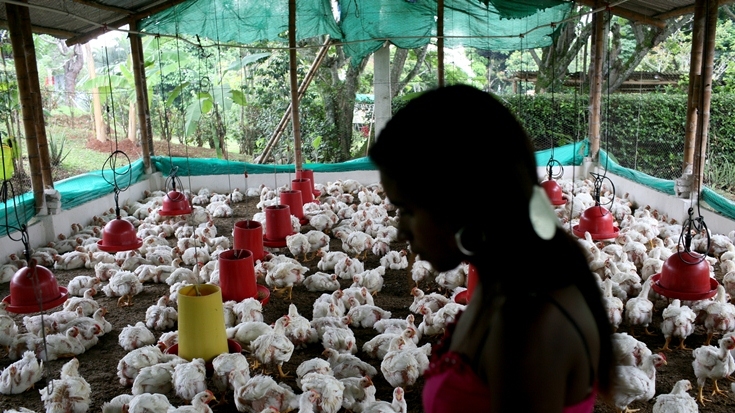In recent decades, the Dominican Republic has transformed its economic base and has diversified its exports. Improvements to the business climate have facilitated international trade and boosted export growth.
Nevertheless, the country still ranks below other Caribbean countries and needs to carry out further reforms to maintain its competitiveness in the region.
Miguel Sanchez Martin, a World Bank economist, evaluates the current scenario, the effect of reforms, and what needs to be done to attract investment, support productivity and promote competitiveness, based on the results of a new national study.
What is the history of the Dominican Republic in terms of trade diversification?
In the 1980s, the Dominican Republic was moving from an agricultural economic base to an industrial base centered on textile production.
The end of the Multi-Fiber textile trade preferences agreement in 2004 forced Free Trade Zones (FTZs) to attract other activities (medical equipment, shoes), a measure that has been relatively successful as it can be seen that they are slowly returning to growth.
Lastly, we need to point out the growing importance of service exports, especially those related to tourism.
How does it compare with other regional countries?
Since 2000, the value of Dominican exports multiplied by 1.7. This is less than expected and a lower ratio than Colombia (4.5), Honduras (2.3), Costa Rica (2.0), El Salvador (1.9).
We have to recognize numerous advances in recent years, especially those related with product diversification. However, there is still room for improvement in terms of geographical diversification, which is still considerably lower than in other RD-CAFTA countries. In this sense, the study identifies the possibility —among other options— of exporting medical equipment, iron and steel, and chemicals and plastics to China and Brazil.
Why do Dominican products exhibit varying quality and how can this be overcome?
It needs to be said that the quality analysis was based on the unitary value of different export products; unlike with other countries, it does not reflect consumer opinion. There are numerous activities that can be undertaken to improve the quality and added value of a product, including investing in R&D, design, packaging, marketing, productive process, etc. However, the study highlights how the quality of Dominican cacao and surgery material improved markedly over the last ten years.
What are the report’s recommendations?
It presents three main policy options:
· Improve supervisory infrastructure: In order to reduce the rejection rate of agricultural products at US customs, the country needs to convey information on sanitary and phyto-sanitary standards throughout the value chain
· Barrier reduction: Companies in FTZs can serve as a successful example to other exporters in the country. In order to improve productivity, it would be necessary to reduce barriers (logistical, administrative) between Dominican suppliers and FTZ companies
· Approve a national strategy to support exporters: In order to guarantee good coordination and reach medium term objectives, there is a need to align the plans of various institutions.
How does the World Bank support the Dominican Republic?
Following these recommendations, the Bank is preparing an analysis of the links between FTZ and local companies, granting technical assistance to improve the business climate.
In the next two years, we expect to begin a loan operation aimed at supporting agricultural value chains.

